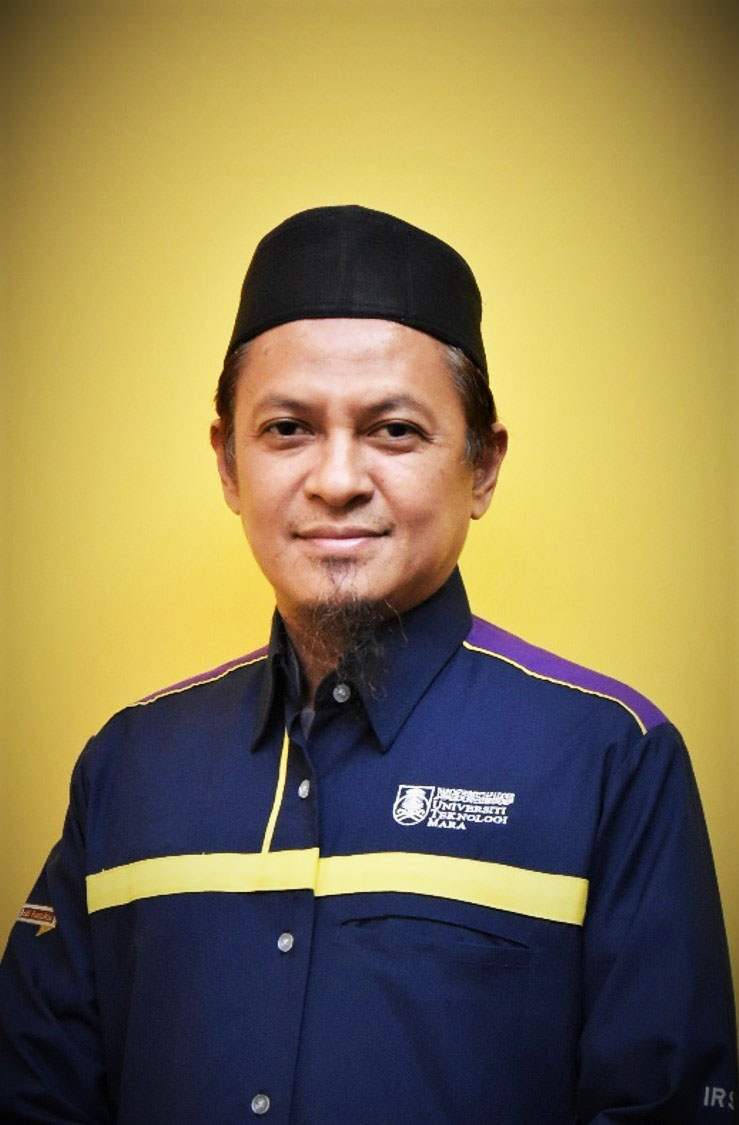Recognizing Second-Hand Phenomenon
Unduhan
The purpose of the study is to convey knowledge about the phenomenon of second-handdalam everyday life, at home, at work, at school, and in social environments residence. The method used is a critical analysis about human social activity. The results of the study showed that human knowledge is actually obtained through two (2) ways, namely, first, from his own experience; second, obtained from others. Both of these sources affect each other and compete with each other in the individual. The lack of stock in the individual ideas leads to learning from others to get to know the world. This phenomenon is called the phenomenon of second-hand, people recognize the world of others, rather than themselves. Conclusion: the knowledge of the world from what they see in their daily lives and from what they told others. Although one is never counted them, just that they think know what they are talking about, this is by Patrick Wilson named as cognitive authority.
Unduhan
Fisher, K.E., Erdelez, S., and McKechnie, L., (ed) (2008). Theories of information behavior. Asist monograph series, Information today, Inc., Medford, New Jersey, AS.
McKenzie, P. J. (2003). Justifying cognitive authority decision: Discursive strategies of information seekers. The Library Quarterly 73.
Prijan & Sinaga, D. (2015). Gaya fashion dan Internet. Jurnal Kajian Informasi dan Perpustakaan.
Wilson, P., (1983). Second-hand Knowledge: an inquiry into cognitive authority. Westport, CT: Greenwood Press.
Record and Library Journal by Unair is licensed under a Creative Commons Attribution-ShareAlike 4.0 International License.
1. The journal allows the author to hold the copyright of the article without restrictions.
2. The journal allows the author(s) to retain publishing rights without restrictions
3. The legal formal aspect of journal publication accessibility refers to Creative Commons Attribution Share-Alike (CC BY-SA).
4. The Creative Commons Attribution Share-Alike (CC BY-SA) license allows re-distribution and re-use of a licensed work on the conditions that the creator is appropriately credited and that any derivative work is made available under "the same, similar or a compatible license”. Other than the conditions mentioned above, the editorial board is not responsible for copyright violation.




























